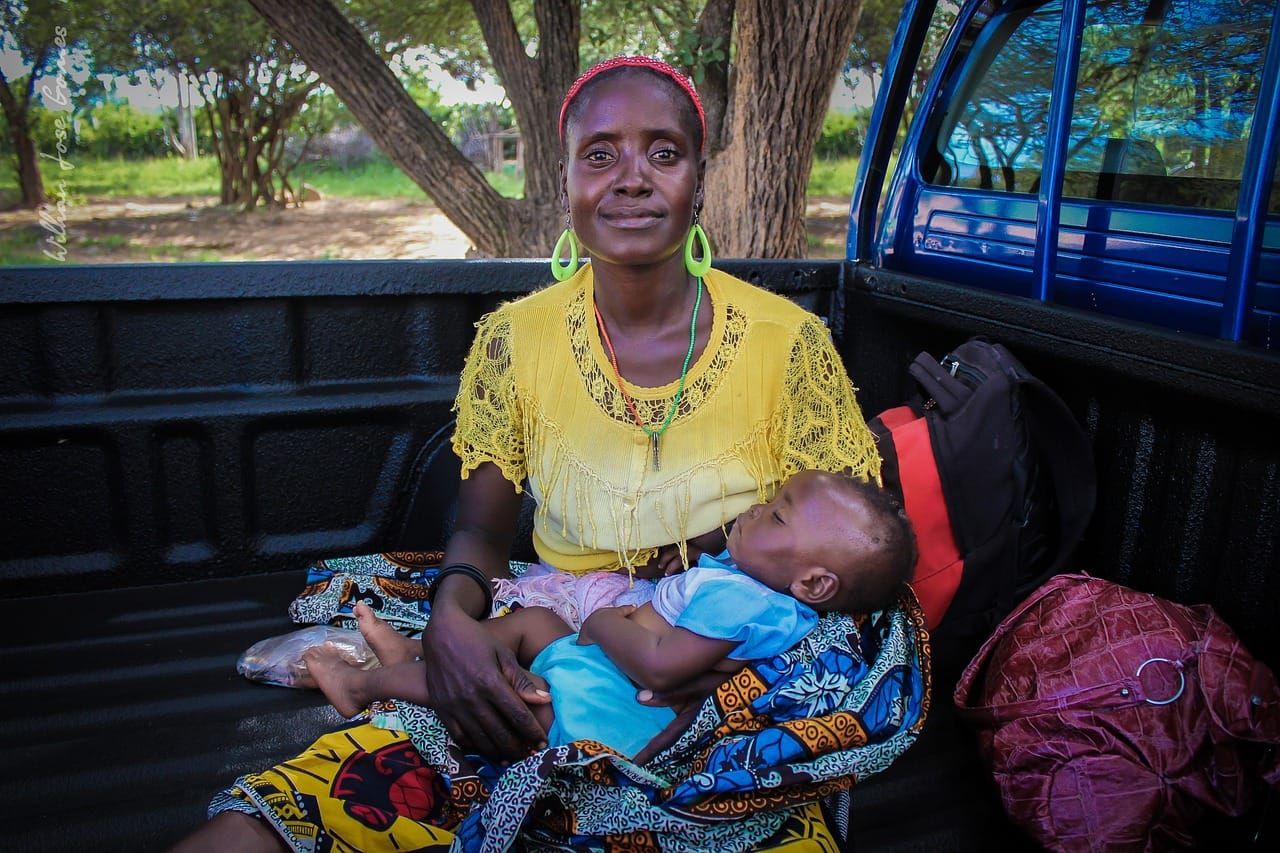
About Course
Equity is essential to the Sustainable Development Goal principle of ‘leaving no one behind’, as well as central to the WHO GPW13 objective of ‘serving the vulnerable’. Equity is embedded as a priority in global efforts to promote immunization. The WHO Immunization Agenda 2030: A Global Strategy to Leave No One Behind envisions “a world where everyone, everywhere, at every age, fully benefits from vaccines for good health and well-being”.
Monitoring inequalities in immunization is an important part of efforts to promote equity. Systematic approaches to measuring inequalities in immunization provide information that can help countries tailor policies, programmes and service provision and demand promotion to close gaps in immunization. The outputs of inequality monitoring in immunization are particularly relevant to immunization programmes review and planning activities, such as the desk review stage of the Expanded Programme on Immunization (EPI) Review and comprehensive multi-year strategic plans (cMYPs).
This course examines the five general steps of inequality monitoring in the context of immunization programmes. The target audience is primarily monitoring and evaluation officers for immunization and people with basic knowledge and experience working with immunization data.
Learning objectives: By the end of this course, learners should be able to:
- summarise the five steps of inequality monitoring in immunization;
- describe how to determine the purpose and scope of monitoring;
- describe how to obtain data for inequality monitoring;
- describe basic analytical methods to analyse inequality data;
- apply good practices in reporting the state of inequality in immunization to the target audience;
- describe the process of knowledge translation, or promoting the use of data to inform equitable immunization programmes and policies.
Course duration: Approximately 2 hours.
Certificates: A Certificate of Achievement will be available to participants who score at least 80% of the total points available in the final assessment.
Participants who receive a Certificate of Achievement can also download an Open Badge for this course. Click here to learn how.
Course Content
Module 0: Career Development
-
Career Assessment
00:00
Module 1: Intro to Course
Module 2: Course Assessment
Module 3: Certification and Ranking
Student Ratings & Reviews



